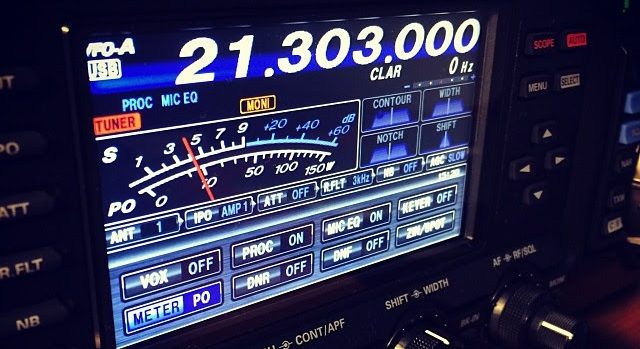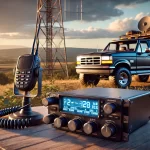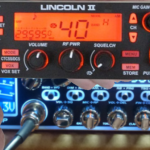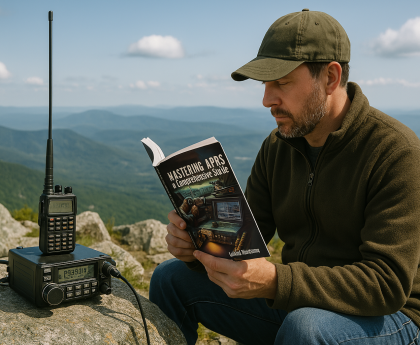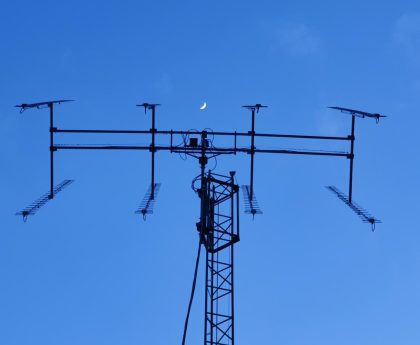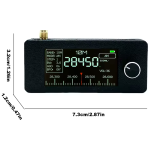Join our Exclusive Ham Radio Newsletter
Operating DX (long-distance communication) is one of the most exciting aspects of amateur radio. However, even experienced operators sometimes make mistakes that can lead to frustration, missed contacts, or poor operating practices. Here are five common mistakes that hams still make when working DX and how to avoid them.
1. Not Listening Before Transmitting
One of the biggest mistakes hams make is failing to listen carefully before transmitting. Many DXpeditions and rare stations operate in a structured manner, using split frequencies or specific call procedures. Jumping in without first listening to the operating pattern can cause QRM (interference) and disrupt the flow of contacts.
Solution: Always take a moment to listen carefully. Identify how the DX station is working the pileup and follow their instructions before transmitting.
2. Calling on the DX Station’s Frequency
DX stations often operate in split mode, meaning they transmit on one frequency and listen on another. A common mistake is calling on the DX station’s transmit frequency instead of their listening frequency, which causes unnecessary interference and slows down the operation.
Solution: If the DX station announces “Up 5” or “Listening up,” set your radio to transmit on a higher frequency (e.g., 5 kHz above their frequency) and confirm you are calling where they are listening.
3. Not Using Proper Phonetics and Timing
Poorly articulated callsigns or using non-standard phonetics can lead to confusion and repeated requests for clarification, especially in weak signal conditions. Additionally, calling too soon or out of sync with the DX station’s rhythm can reduce your chances of being heard.
Solution: Use standard ITU phonetics (Alpha, Bravo, Charlie, etc.) and avoid unnecessary words. Time your calls carefully—wait until the DX station acknowledges the previous QSO before transmitting.
4. Failing to Log Correctly
Logging errors, such as mistyping callsigns or logging the wrong band/mode, can create problems for confirmations and awards. Some operators also fail to check if they have already worked the station, leading to duplicate contacts that waste valuable DX time.
Solution: Use digital logging software to minimize errors and check for previous contacts before calling. Always double-check frequency and mode before logging a QSO.
5. Ignoring DX Code of Conduct
Good operating practices ensure fair and efficient DX operations. Unfortunately, some hams still ignore the DX Code of Conduct by tuning up on the DX frequency, arguing over the air, or causing intentional interference (jamming). These behaviors create a poor experience for everyone.
Solution: Follow the DX Code of Conduct. Operate with patience, courtesy, and efficiency. Avoid disruptive behavior, and help create a better operating environment for all hams.
Final Thoughts
DXing is a rewarding part of amateur radio, but avoiding these common mistakes will help improve your success rate and contribute to a better experience for everyone. By listening carefully, operating correctly, and respecting good operating practices, you’ll enjoy more DX contacts and earn the respect of fellow operators.
Happy DXing and 73!
Check our selection of Hamradio e-books
-
Sale!

Mastering APRS
Original price was: $59.99.$47.99Current price is: $47.99.
A Comprehensive Guide – ebook
⭐⭐⭐⭐⭐ -
Sale!

Mastering FT8
Original price was: $59.99.$47.99Current price is: $47.99.
A Comprehensive Guide to the Ultimate Digital Mode – ebook
⭐⭐⭐⭐⭐ -
Sale!

Stealth CB Antennas
Original price was: $59.99.$47.99Current price is: $47.99.
A Masterclass in Innovation and Disguise – ebook
⭐⭐⭐⭐⭐ -
Sale!

Ace Your Ham Radio Exam
Original price was: $59.99.$47.99Current price is: $47.99.
Technician, General, and Extra Class – ebook
⭐⭐⭐⭐⭐ -
Sale!

DMR for Hams
Original price was: $59.99.$47.99Current price is: $47.99.
The Ultimate Beginner’s Guide – ebook
⭐⭐⭐⭐⭐ -
Sale!

D-STAR, DMR & Fusion
Original price was: $59.99.$47.99Current price is: $47.99.
A Beginner’s Guide – ebook
⭐⭐⭐⭐⭐ -

Mastering the 6-Meter Band
$47.99
The Ultimate Guide – ebook
⭐⭐⭐⭐⭐ -
Sale!

Integrating Ham Radio with Modern Technology
Original price was: $59.99.$47.99Current price is: $47.99.
IoT, Raspberry Pi, and More – ebook
⭐⭐⭐⭐⭐ -
Sale!

D-STAR, DMR & Fusion
Original price was: $59.99.$47.99Current price is: $47.99.
Guia para Principantes – ebook
⭐⭐⭐⭐⭐ -
Sale!
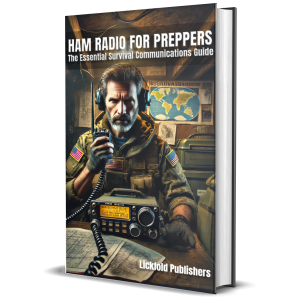
Ham Radio for Preppers
Original price was: $59.99.$47.99Current price is: $47.99.
The Essential Survival Communications Guide – ebook
⭐⭐⭐⭐⭐ -
Sale!

Mastering Marine Radio
Original price was: $59.99.$47.99Current price is: $47.99.
A Sailor’s Guide to Confident Communication – ebook
⭐⭐⭐⭐⭐

Enter shop

